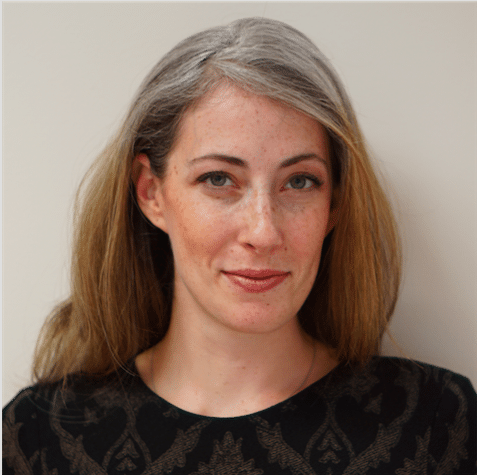Disney has reigned as the premier brand in kids & family entertainment for decades, since its founding in 1923. Despite having raised ticket prices by 6% over the past ten years, Disney has seen record-breaking attendance. At the end of 2017, Disney made headlines for having to temporarily close its premier theme park in Orlando, Florida, having already filled the parks to capacity.
Disney’s theme parks are in a category of their own: families don’t spend thousands of dollars to fly across the country and spend the week at Six Flags or Knotts Berry Farm. What makes the Magic Kingdom so impregnable?
The answer lies in the theory of Jobs to Be Done. Jobs Theory states that people don’t simply buy products or services; they pull them into their lives to make progress against a particular set of circumstances. Innovating against a Job, rather than against a particular product category, enables organizations to develop products, services, and experiences that align with what customers are already trying to accomplish.
Understanding a customer’s Job allows innovators to think about what else needs to be built into the customer experience in order to do the Job perfectly. In the case of Disney, fulfilling the Job of a magical family experience isn’t just about rides: it’s also about themed hotels and restaurants, roaming characters who are always smiling, and extra-magical experiences like fireworks shows and hot air balloon rides. Disney isn’t just an amusement park: it has fully integrated around providing a fantasy family vacation experience together.
Integrating around Jobs in higher education
Do colleges and universities focus on Jobs to Be Done? It depends on the college—and the customer. Some universities are so sprawling and have so many programs that they aim to offer almost everything to almost everyone. This makes it difficult to focus in on a particular Job. But one type of school, the residential liberal arts school, can be seen as highly integrated around a particular Job.
These schools aren’t just a place to earn a bachelor’s degree, and they don’t target a broad range of students. At liberal arts schools like Amherst or Macalester, nearly all of the students are 18-24 years old, attending college full time, and living on campus. These schools have integrated nearly every service and experience that an 18-24 year-old student could want: a range of majors, athletic facilities and teams, meals and residences on beautiful campuses, physical and mental healthcare, a range of student clubs, travel opportunities, volunteer experiences, and social networks.
While this extensive range of features and offerings adds to the cost of college, it also creates barriers to competition. Among US News’ list of top 25 liberal arts schools, only three—Claremont McKenna, Harvey Mudd, and Scripps, each a member of the Claremont Consortium—are less than 100 years old.
What about adult learners?
The traditional liberal arts school is extremely well-designed for the 18-24 year old student who wants an immersive, ideal college experience. However, this model is a poor fit to do the Jobs of many nontraditional students—it may offer the right core academic degree, but it integrates the wrong experiences.
What experiences should schools integrate in order to do the various Jobs of students in nontraditional circumstances? A new study by the Chronicle of Higher Education takes on that question. To be sure, these learners come to higher education with a mix of Jobs—specific circumstances they are trying to make progress against. But relative to traditional students, they are more likely to have certain constraints as part of their circumstances, including jobs, parenting responsibilities, and other caretaker roles.
For example, the Chronicle’s report notes that one out of four college students are parents—but schools have done a poor job integrating around the need for childcare. Fewer than half of community colleges have childcare facilities on campus—and the rules, regulations, and waiting lists around these facilities mean that even if they exist, they still may not integrate well with student needs.
Statistics like these are just the tip of the iceberg – plenty of younger students may also face circumstances that demand a different sort of college. A Wisconsin Hope Lab study found that half of community college students were housing insecure, and two-thirds were food insecure. Most colleges are not well-designed to address these needs—but are they somehow less important than ensuring that every 18-24 year old student at a traditional school has the opportunity to join an ultimate frisbee league?
Rethinking college
The Chronicle observes, “the reasons adults have not become a focus for many colleges are cultural and structural.” It seems obvious that frat-row belongs on campus, but counter-intuitive to think that college should also provide daycares and emergency shelters. But the issue is not what college ‘should’ look like—it’s a question of what experiences need to be integrated in order to do students’ Jobs well. Understanding the circumstances that face students needs to come before designing the platonic ideal of college. For institutions seeking to serve nontraditional learners, it’s time to think outside of the box of what college has historically contained, and to better understand the Jobs of nontraditional students.



